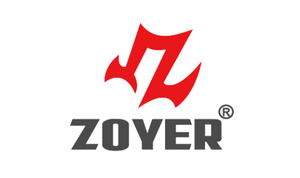Weightlifting belts stand as indispensable allies for those navigating the challenging terrain of strength training. Crafted from robust materials such as leather or nylon, these belts are carefully designed to encircle the waist, offering a multitude of advantages that transform workouts into safer, more efficient endeavors.
One of the pivotal roles of a weightlifting belt is its ability to augment intra-abdominal pressure. As weights escalate, the belt becomes a stabilizing force, prompting lifters to breathe deeply into their abdomens. This not only fortifies the core but also safeguards the lower back by mitigating stress on intervertebral discs.
Beyond safeguarding against potential injuries, weightlifting belts facilitate the maintenance of proper lifting form. During exercises like squats and deadlifts, the belt provides crucial support, encouraging an upright posture and averting the undue rounding of the back. This not only minimizes injury risks but also ensures that targeted muscle groups are optimally engaged, fostering more effective strength gains.
While debates persist regarding potential drawbacks and dependency on belts, judicious use of these tools can significantly enhance one's weightlifting journey. Rather than acting as a substitute for core strength development, weightlifting belts serve as complementary aids, offering additional support during challenging lifts.
In essence, the judicious use of weightlifting belts can be a strategic choice for serious strength enthusiasts. By providing heightened stability, promoting proper form, and reducing the risk of injuries, these belts emerge as invaluable accessories for individuals striving to unlock their full potential in the weight room.





